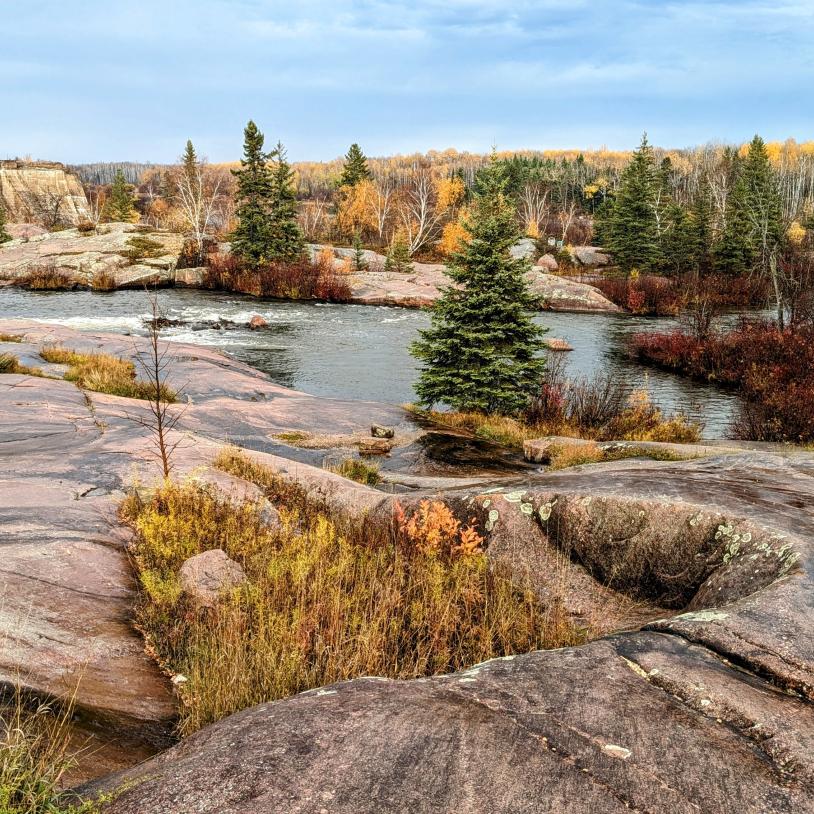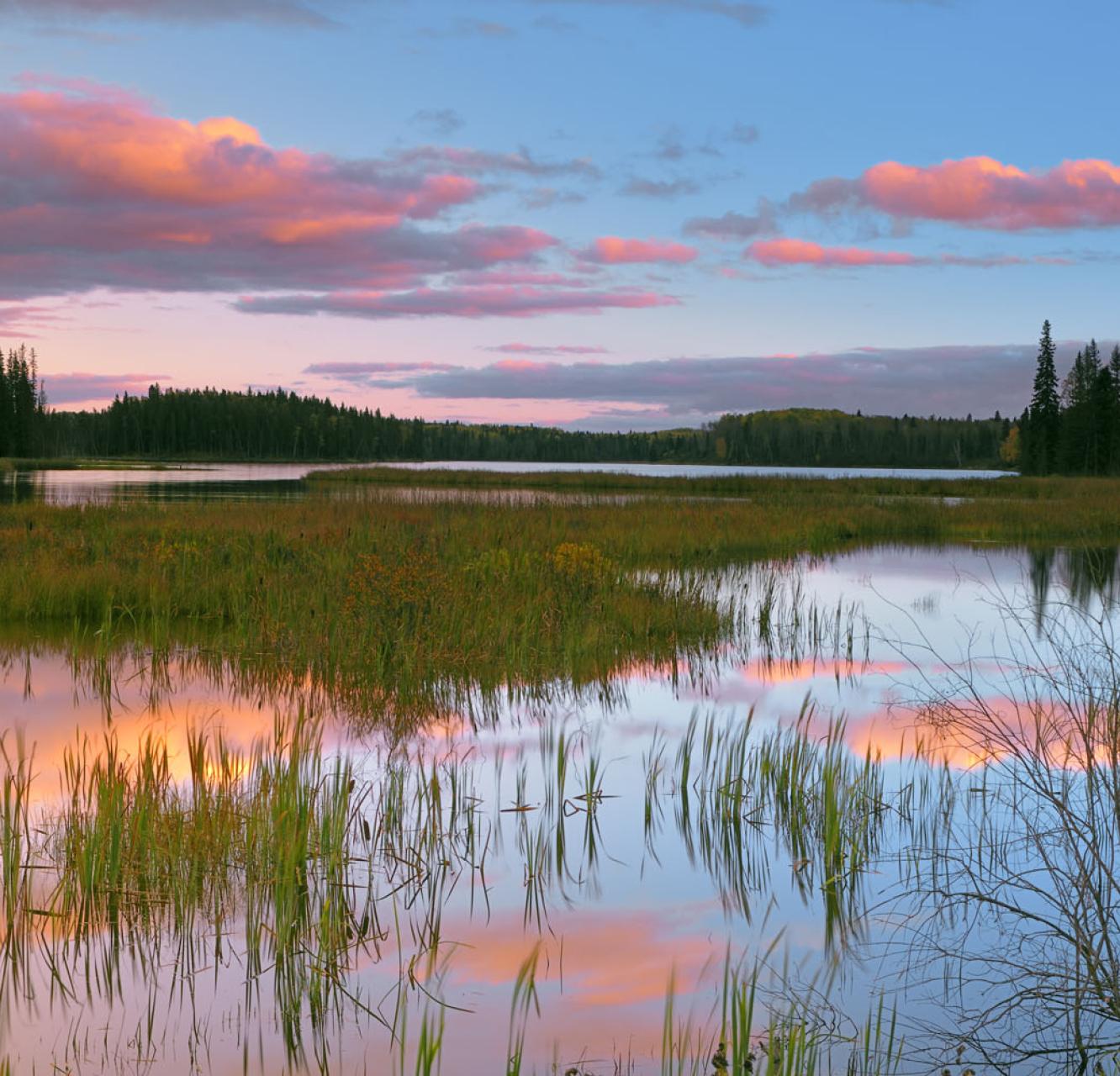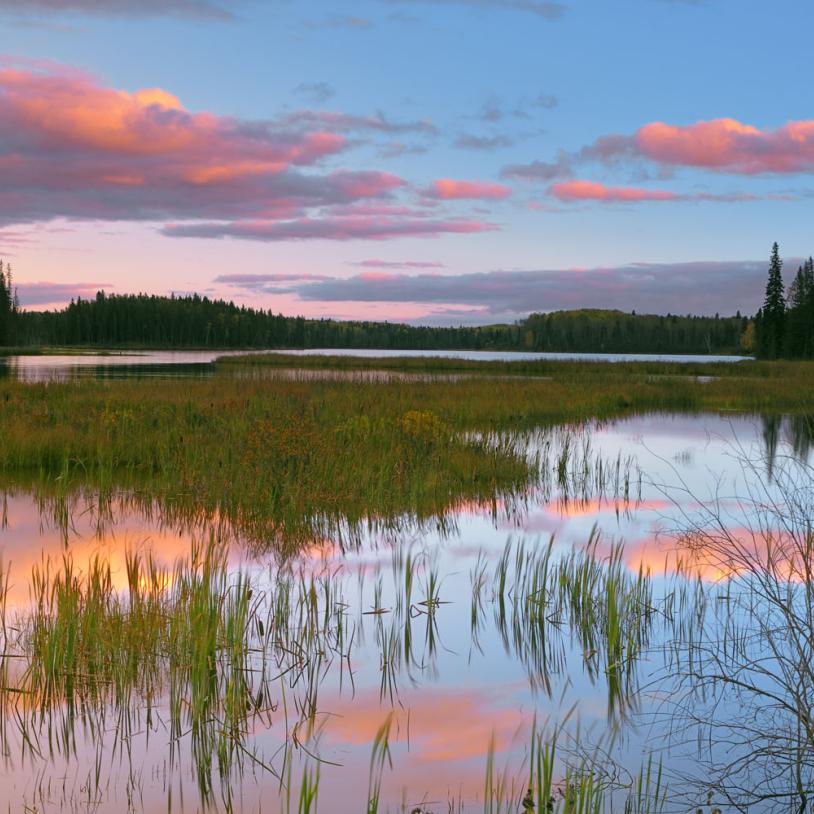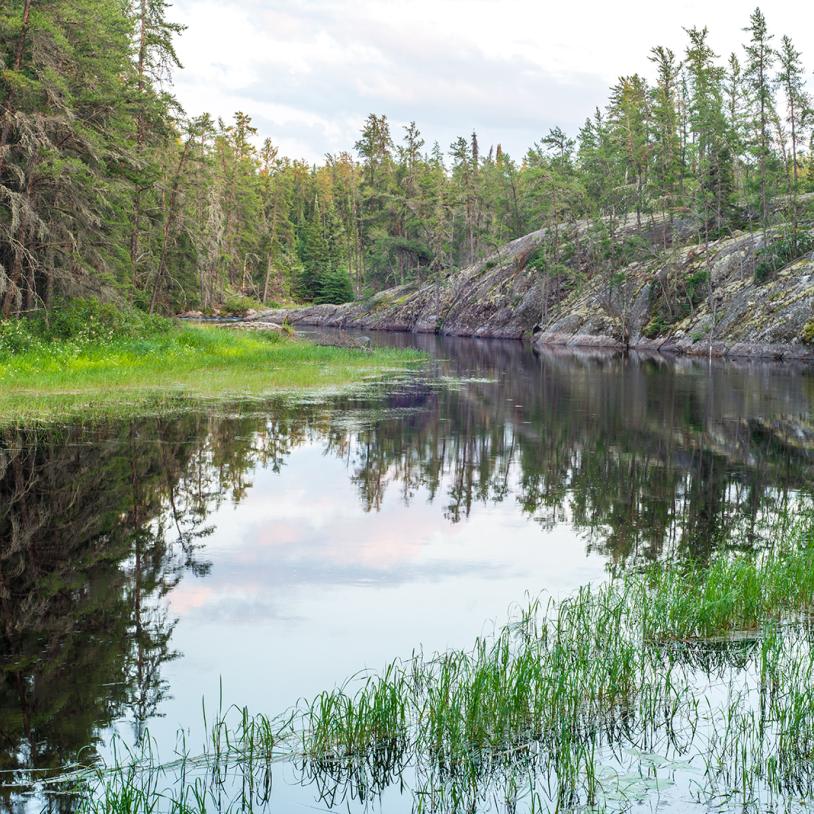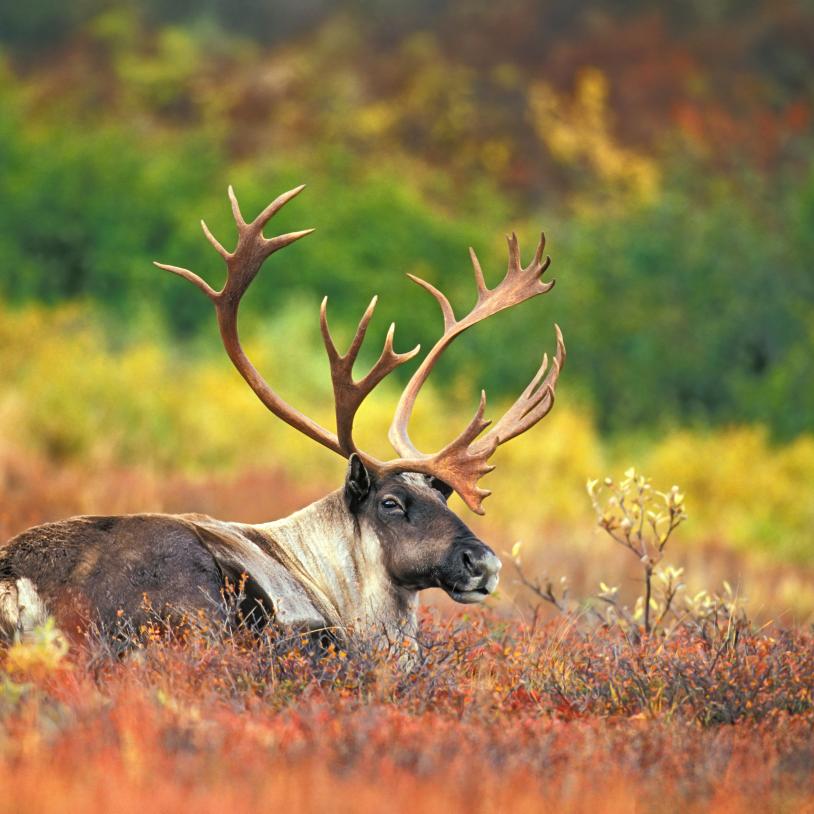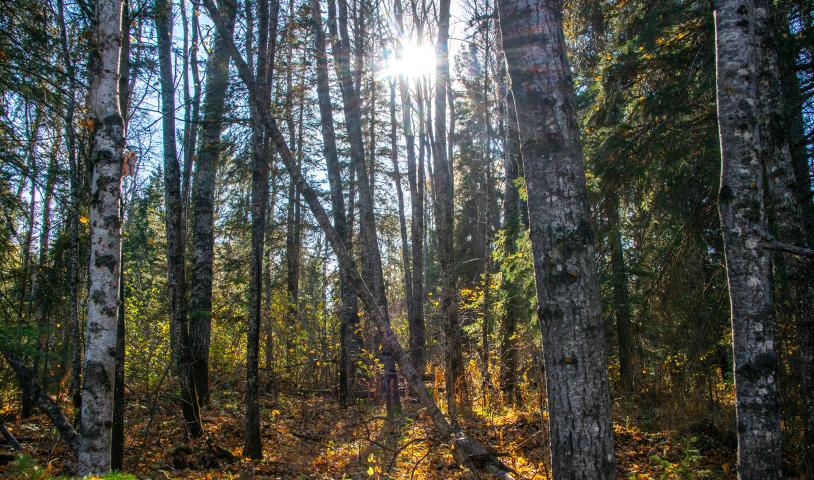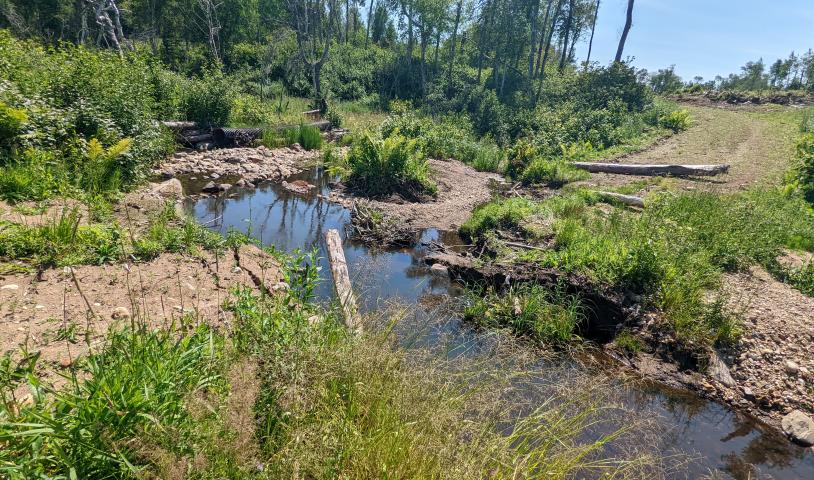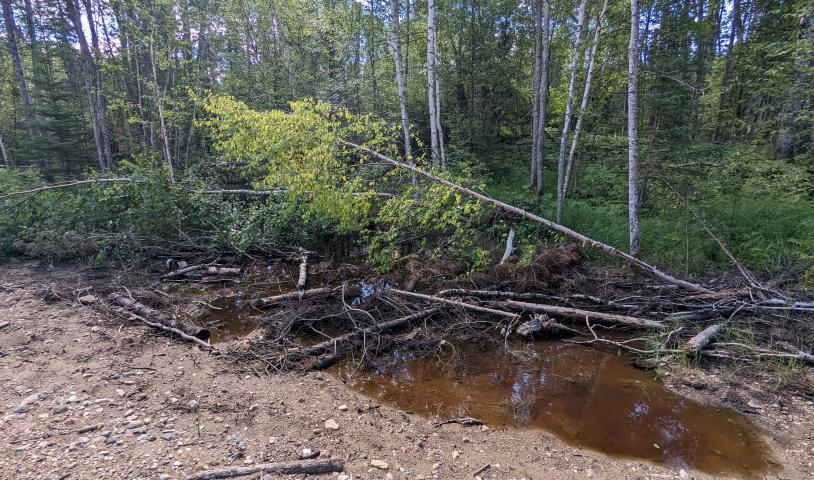Reed Mine approval a 'step back,' says Wilderness Committee
Saturday, October 5, 2013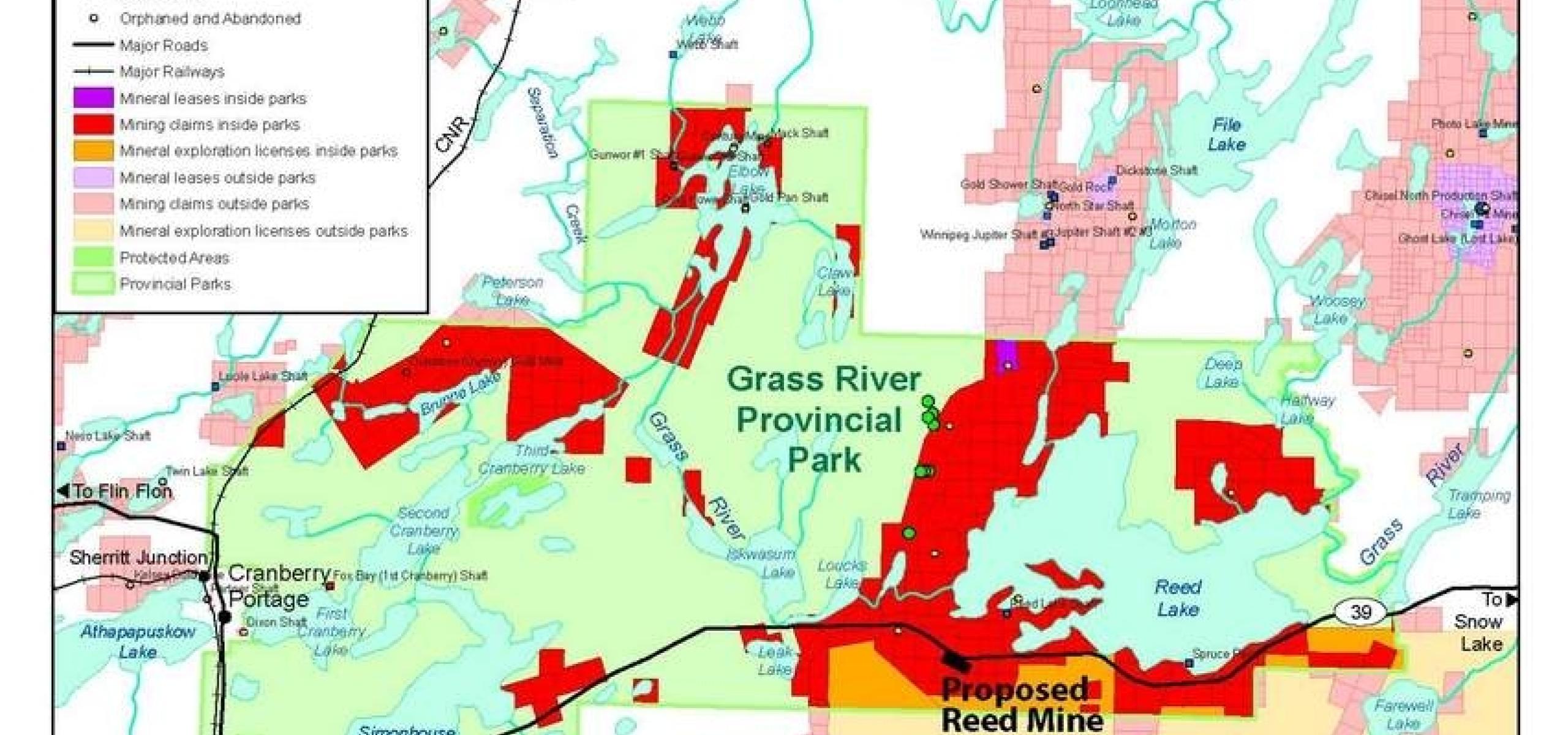
The province's approval of Hudbay's Reed Mine copper project in Grass River Provincial Park, which was granted on Sept. 24, is not going over well with the Wilderness Committee, which opposed the mine because of its proximity to the habitat of woodland caribou, a provincially and federally protected species.
“It is hard news to take,” said Eric Reder, the Wilderness Committee's Manitoba campaign director in a Sept 25 press release. “Canada stopped mining national parks in 1930. Eight decades later and Manitoba still can't join the party?”
The Reed Mine, which is 70 per cent owned by Hudbay, is projected to produce 1,300 tonnes of copper per day and is located about 80 kilometres west-southwest of Snow Lake on the southern side of Highway 39. The mine is expected to be in production for approximately five years, during which time 2.16 million tones of copper ore will be extracted and then trucked to and processed in Flin Flon, according to a project overview prepared by AECOM on behalf of Hudbay. At full production, the mine will provide 88 jobs, the company says.
Under a previously approved advanced exploration project (AEP), Hudbay upgraded the previously existing access road, constructed a site office and change house, and built a 2,500-cubic-metre polishing pond and waste pad, as well as a maintenance shop and warehouse. It also developed the portal and decline needed to provide access to the ore body to a depth of 30 metres. The AEP site consists of about seven cleared hectares of land, half of the originally planned 14 hectares. For the mine, Hudbay will also construct a 50-person camp at the site along with one 18,927-litre holding tank for the storage of sewage and grey water.
A summary of comments and recommendations on the project posted on the Manitoba Conservation website says 185 comments from the public were received regarding the project, with concerns being raised about the location of the mine in a provincial park, the impact it would have on woodland caribou in the area and general protection of the natural environment.
The wildlife branch of Manitoba's Conservation and Water Stewardship department raised concerns about information that was missing from the initial Environment Act Proposal (EAP) submitted by Hudbay, including the lack of a wildlife inventory study and limited description of wildlife effects and mitigation measures. The branch also sought assurances that construction workers and employees would not be permitted to hunt or shoot wildlife at or around the project site.
In a June 12 response to the wildlife branch, Hudbay said: “Although a wildlife inventory was not conducted for this project, a terrestrial survey of the area was conducted over two seasons to assess local floral communities, wildlife, and the potential for the occurrence of rare and endangered species within the vicinity of the Reed Mine site. Detailed methodology and observations from the terrestrial survey have been documented in the Reed Mine Environmental Baseline Assessment, provided to Manitoba Conservation and Water Stewardship as a supplemental document on February 28, 2012, following the initiation of the TAC review. The initial survey was conducted on August 24, 2010 and a supplemental terrestrial survey was conducted the following spring on June 3, 2011 to search for early flowering plants and nesting migratory songbirds that may not have been recorded in the fall 2010 survey.
"The Project Region, including the Project Area, was flown by helicopter for an initial aerial survey to allow photography and GPS mapping of points of interest followed by a ground survey. The Project Area was further surveyed by random walk for early flowering plant species and evidence of wildlife use and nesting by migratory songbirds. Primary among the survey goals was revealing any local habitats that may harbor rare and endangered species. The survey focused on plant community types in the development area, looking for local floral associations that might indicate species of concern. Wildlife occurrence was recorded through tracks and sign, and direct observation and photographs were collected. The results of this work are set out in detail in the Reed Mine Environmental Baseline Assessment.”
Hudbay also noted that since “no protected species were observed during the two terrestrial surveys, it was concluded that there was no critical wildlife value in the Project Area.”
The company responded to concerns about hunting or shooting at wildlife by employees at the site by saying that all workers at the site would be required to comply with provincial hunting regulations, which prohibit hunting, possessing a loaded firearm or discharging firearm within 300 metres of roads.
“Since the Project Site falls within 300 m of PTH 39, hunting is not allowed within the boundaries of the Project Site.”
The wildlife branch said Hudbay's response had adequately addressed the issues it had raised.
On the subject of Crown-aboriginal consultation, the project summary said that the mines branch of the Department of Innovation, Energy and Mines was responsible for conducting consultations with potenetially affected aboriginal communities and that the department “recommended that the proponent and the Mines Branch continue sharing information specific to Aboriginal consultation and is in support of the issuance of an Environment Act Licence for the Reed Mine.”
However, last April 4, during the exploration stage of the project, Mathias Colomb Cree Nation (MCCN) at Pukatawagan announced that it opposes work proceeding on Hudbay's proposed Reed Mine near Highway 39 because it is in MCCN's traditional territory and the government has failed to properly consult the First Nation regarding the project.
“The manner in which the work permits and licences are applied for and issued is unlawful because it doesn't meet the threshold on consultation and environmental standards,” said MCCN chief Arlen Dumas in a press release. “Until Manitoba and Hudbay follow the rule of law and consult with us we will oppose this mine.
“As leader of my people, I am directed to assert my peoples' inherent rights in what is rightfully theirs,” Dumas said. “At issue is the unceded territory which has been encroached on by commercial development without our permission. Our customary laws apply on ownership, use, management and we hold firm to benefit from our vast resources and protect the lands for generations to come.”
The release also noted that the then-proposed mine, which was already under exploration, is in a provincial park and that MCCN values the ecological sustainability of its lands.
MCCN and the Wilderness Committee's Manitoba Field Office announced March 5 that they had begun working together to object to Hudbay's proposed Reed Mine project.
“This proposed mine raises serious concerns in relation to caribou populations, water quality, and carbon emissions,” said Dumas in a Wilderness Committee press release announcing the cooperative effort.
Manitoba's Green Party said in the spring that the Reed Mine project could be a threat to wildlife in the area.
“If allowed to proceed, the Reed Lake Mine will destroy the woodland caribou herd which the park was intended to protect,” said Kate Storey, a Green Party council member and former researcher of the Reed Lake woodland caribou herd with Manitoba Conservation, in a press release. “Five years of industrial activity means five years of calf deaths to the caribou herd already endangered from logging. This mine may very well be the tipping point which destroys one of Manitoba's last herds of woodland caribou.”
The Green Party was concerned that the location of the Reed Mine and the exploration activities that were taking place would disrupt the spring migration of woodland caribou, which give birth to calves on the islands of Reed, Iskwasum and Simonhouse lakes, which are all located within Grass River Provincial Park. According to the party, caribou calves typically die within a week if their mothers can not get to the islands, where they are protected from wolves.
“Parks are formed where there is some natural wonder of particular value to the people in Manitoba. Grass River Provincial Park was created to protect the wildlife of Reed Lake. Now the Manitoba NDP are willing to throw away wildlife preservation in favour of five short years of copper ore” said James Beddome, leader of the Manitoba Greens. “By allowing Hudbay mining to start construction before consulting the public, the NDP have clearly signalled that they value money more than wildlife. In five years, the ore from this mine will be exhausted and the jobs will be gone, but the caribou herd will be decimated.”
Reder said the approval of the copper mine meant “Manitoba is shirking its responsibility to protect water and wildlife in the north. The proof is in the numbers - 99 per cent of a park is open for industrial destruction."
“This mine will impact woodland caribou, and impact water quality in our park,” Reder said. “Authorizing the Reed Mine is a black mark against what parks are supposed to be.”
Reder also said the government has received thousands of letters in the past few years opposing industrial activity in provincial parks.
“Manitobans don't want industrial parks,” said Reder. “They don't want to go to a park and find new bulldozed trails to drill holes, and find toxic mess. Manitobans want our parks to be for conservation and water stewardship.”
The Reed Mine project summary acknowledges that the provincial government has committed to review its policy on mining in provincial parks and that the environmental approvals branch will follow any recommendations regarding the practice of allowing mining in provincial parks when the policy review is completed.
Photo: A Wilderness Committee map shows the extent of mineral leases, mining claims and mining exploration licenses within Grass River Provincial Park. The environmental organization is unhappy that the provincial government has approved Hudbay’s application to operate the Reed Mine copper project just to the south of Highway 39 with the park’s boundaries.
